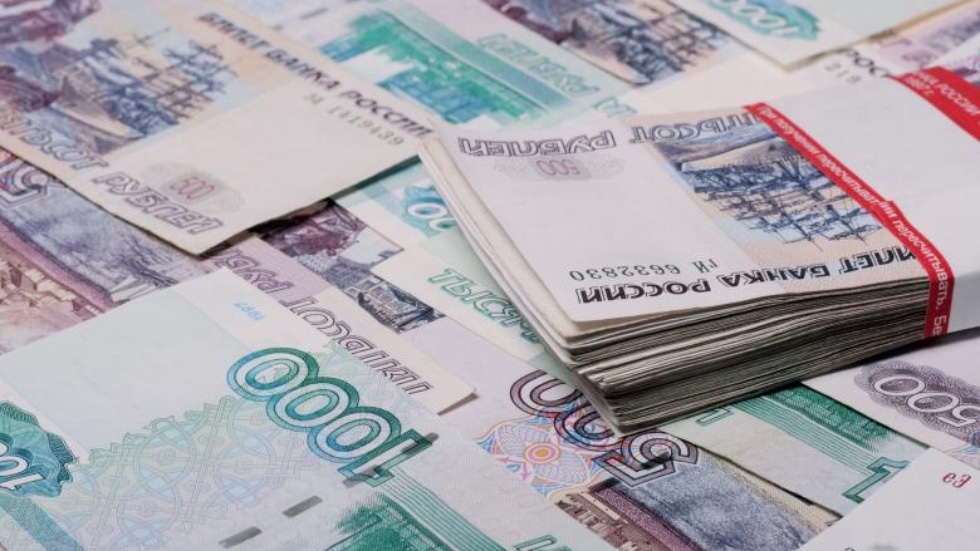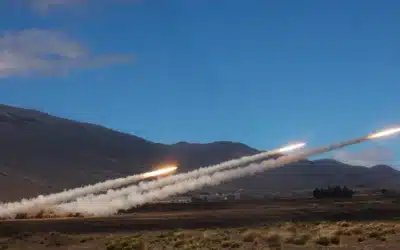European Union foreign ministers have approved, for the first time, the transfer of approximately €1.4 billion ($1.5 billion) in military and financial aid to Kiev, using interest profits drawn from frozen Russian central bank assets. EU foreign policy chief Josep Borrell made the announcement on Monday, as reports say Washington is preparing to send Ukraine another arms package worth $150 million. The EU also imposed a raft of sanctions on Russia along with entities in China, Turkey, and India.
Given Kiev’s long-range missile strikes into Crimea over the weekend, the EU’s plan comes amid dangerous developments in NATO’s Ukraine proxy war. Russia accuses Ukrainian forces of using US-supplied Army Tactical Missile Systems (ATACMS), with a range of nearly 200 miles, and satellite imagery for the attack, which killed at least four people and wounded more than 100. Russia’s Foreign Ministry declared Washington “has effectively become a party” to the war now and threatened “retaliatory measures.”
For almost a year, Budapest has vetoed further funding of Kiev’s war effort using an off-budget fund known as the European Peace Facility (EPF) worth €6 billion. Another fund holding €5 billion is blocked as well. Borrell referred to this “structural difficulty” during a presser following the foreign ministers meeting in Luxembourg. Using interest profits off seized Russian assets was seen as a workable alternative. Such international theft marks an unprecedented escalation in the economic war targeting Russia. Earlier this month, G7 leaders agreed to provide Ukraine with $50 billion by the end of the year using stolen Russian funds.
According to the South China Morning Post, “A legal analysis noted that as Hungary abstained on the decision to use the frozen assets for Ukraine, and that the new aid is derived from the Russian Central Bank assets, and not EU funds, Budapest’s veto does not apply.” Therefore, Borrell said “it’s not necessary” to involve Hungary in the decision-making process. In keeping with Budapest’s objections against the bloc’s support for the Ukraine war, Hungarian Foreign Minister Peter Szijjarto condemned the move and said it violated EU rules.
Some 90% of the aid disbursed will be for weapons to support Kiev’s war, while 10% will go toward direct financial aid. Per EU diplomats, Berlin and Prague were selected to use the stolen proceeds first to send Ukraine more air defenses as well as artillery shells. The European Commission says it has frozen roughly €210 billion in the Russian central bank’s funds. Between the US and Europe, about $280 billion in Russian assets have been seized. Euroclear, a financial institution based in Brussels, holds the majority of the European-held assets and claims to have extracted €4.4 billion in interest profits last year.
Moreover, the ministers also announced a series of new sanctions against Russia including asset freezes and travel bans imposed on 69 individuals and 47 entities they claim are linked to the Kremlin’s invasion. Organizations based in China, Turkey, and India were also hit with an EU export ban over accusations that these entities provide goods and services bolstering Moscow’s war effort.
Following a nine-month grace period, the Zeebrugge port in Belgium will be banned from exporting Russian liquefied natural gas to countries outside the EU. The bloc is also targeting 27 vessels alleged to be part of Russia’s “shadow fleet” used to transport crude oil and circumvent Western economic penalties. Last year, Chris Weafer, the chief executive officer of strategic consultants Marco-Advisory Ltd., told Newsweek that Russia has a “greatly dispersed fleet ownership with the flexibility to disappear and reappear with a new name faster than the G7/EU can catch them.” Despite the US-led sanctions blitz, Moscow became the top crude supplier to India and China during the first year of the war.
Washington is said to be announcing a new arms package on Tuesday, according to two US officials speaking with the Associated Press. The weapons will reportedly be pulled from Pentagon stockpiles using the Presidential Drawdown Authority. One official said cluster bombs were not a part of the arms transfer but did not confirm whether the tranche includes ATACMS. Russia maintains the US-provided cluster bomb variant of the long-range munitions fired from the High Mobility Artillery Rocket Systems (HIMARS) was used in the recent attack on Crimea.
This article was originally featured at Antiwar.com and is republished with permission.
































